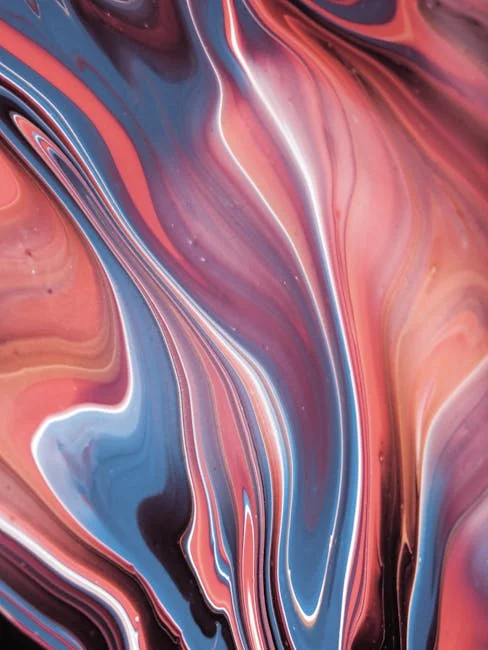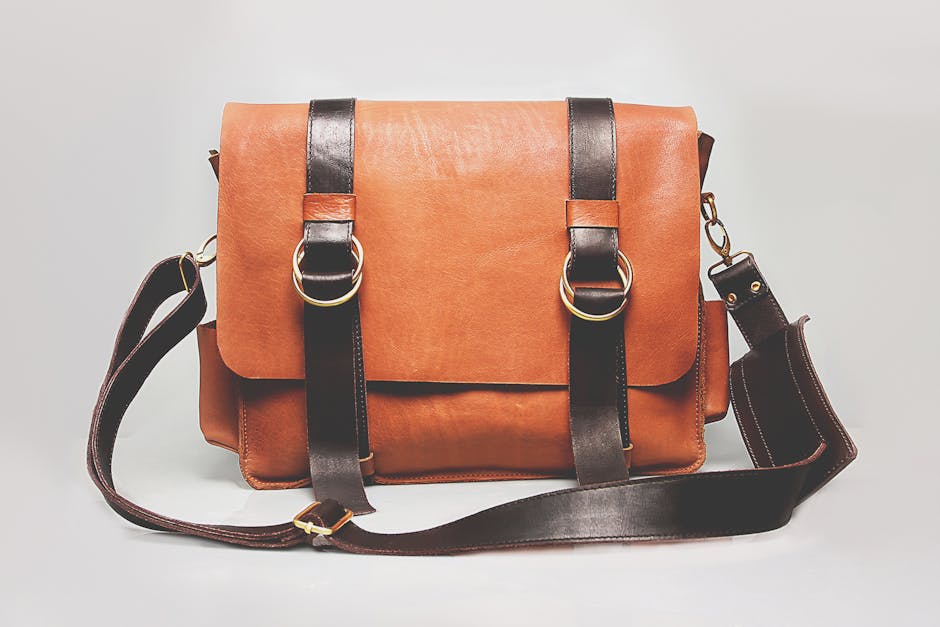Texture
Introduction
Texture, in its simplest form, is the perceived surface quality of an object. It’s how something feels to the touch, or how it appears to feel. Texture plays a vital role in our everyday lives, influencing our decisions, preferences, and overall sensory experience. From the rough bark of a tree to the smooth finish of a smartphone, understanding texture is crucial in various fields, including art, design, fashion, and even science.
Main Sections
Tactile Texture: The Feel of Things
Tactile texture, also known as actual texture, is the physical surface characteristic of an object that we can experience through touch. This is the most direct and arguably the most important type of texture.
- Rough: Characterized by uneven surfaces that create friction when touched. Examples include sandpaper, bark, and gravel.
- Smooth: Offers a seamless, even surface with little to no friction. Think glass, polished metal, or silk.
- Soft: Yields easily to pressure and feels pleasant to the touch. Examples include velvet, cotton, and fur.
- Hard: Resists pressure and feels unyielding. Examples include stone, metal, and wood.
- Bumpy: Features raised areas or nodules on the surface, creating a tactile irregularity. Examples include bubble wrap, textured paint, and cobblestones.
Visual Texture: The Illusion of Feel
Visual texture, also called implied texture, is the illusion of texture created through artistic techniques like shading, patterns, and brushstrokes. While it lacks physical depth, visual texture can evoke the sense of tactile feel, adding depth and realism to images and designs.
- Simulated Texture: A realistic representation of a tactile texture, often used in painting and digital art. For example, painting the appearance of rough bark on a tree.
- Abstract Texture: Based on real textures but simplified or stylized for aesthetic purposes. This involves creating patterns that suggest a texture without directly replicating it.
- Invented Texture: Completely created by the artist and not based on any real-world texture. It relies on the viewer’s interpretation and association.
Texture in Design and Art
Texture is a fundamental element of design and art, used to create visual interest, add depth, and evoke emotions. It can influence the way we perceive and interact with objects.
- Creating Emphasis: Contrasting textures can draw attention to specific areas in a design or artwork.
- Adding Depth and Dimension: Using texture can make flat surfaces appear three-dimensional, enhancing realism and visual appeal.
- Evoking Emotions: Different textures can evoke specific emotions, such as comfort (soft textures) or excitement (rough, dynamic textures).
- Enhancing User Experience: In web and UI design, texture can improve the user experience by making interfaces more engaging and intuitive. For example, a button with a subtle embossed texture might encourage clicks.
The Science of Texture Perception
Our ability to perceive texture is a complex process involving both tactile and visual information. Specialized receptors in our skin detect surface variations, sending signals to the brain for interpretation. Vision also plays a crucial role, providing visual cues that contribute to our perception of texture.
- Haptic Perception: The process of recognizing objects through touch, which relies heavily on texture information.
- Micro-textures: Textures that are too small to be seen with the naked eye but can still be felt. These play a significant role in friction and grip.
- The role of light: Light and shadow enhance our perception of texture by accentuating surface irregularities.
Conclusion
Texture is a multifaceted element that profoundly impacts our sensory experience and plays a crucial role in various fields. Whether tactile or visual, texture adds depth, interest, and emotional resonance to our world. Understanding the principles of texture enables us to appreciate its significance and utilize it effectively in art, design, and beyond. By considering texture, we can create more engaging, informative, and aesthetically pleasing experiences.














Post Comment